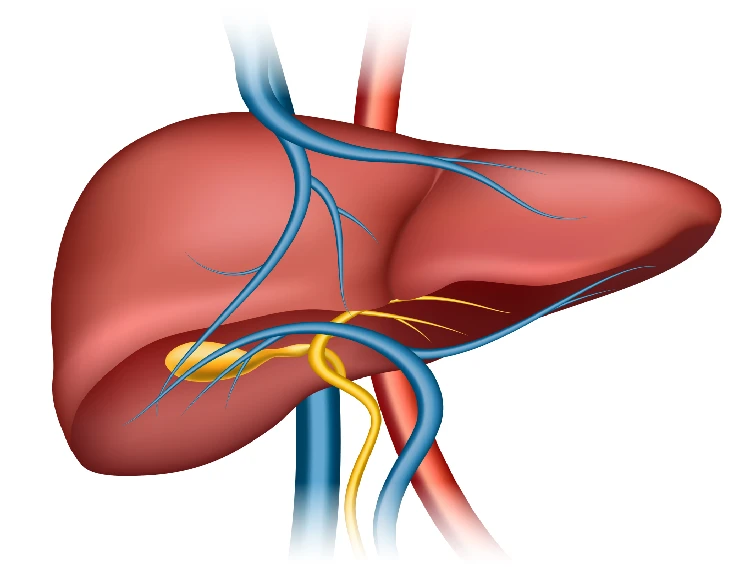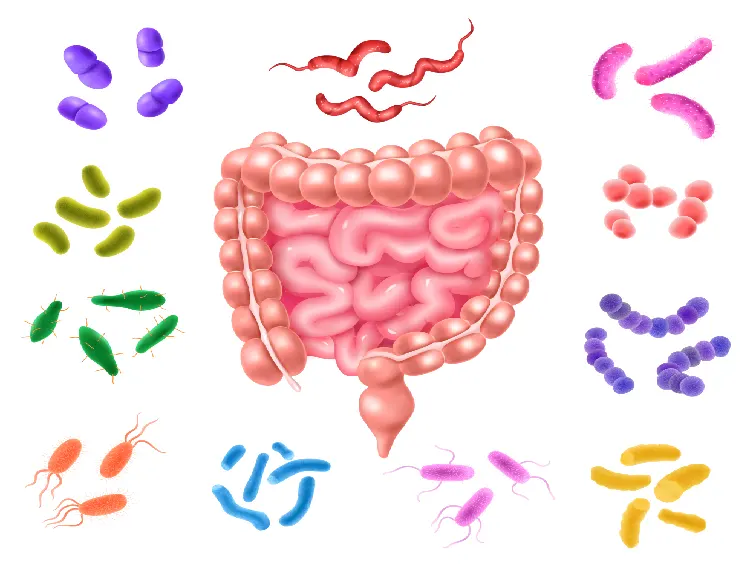Causes of food poisoning & prevention
Have you ever experienced an unexpected, unwelcome surprise after a delightful meal? Food poisoning, a lurking danger in the culinary world, can turn your blissful gastronomic adventure into a distressing nightmare. This article is your comprehensive guide to understand, prevent, and deal with food poisoning effectively. So, fasten your seatbelts as we embark on a journey to explore the mysteries of contaminated cuisine!
What is Food Poisoning?
Food poisoning is an unpleasant condition caused by consuming food contaminated with harmful bacteria, viruses, parasites, or toxins. The contaminants disrupt the normal functioning of your digestive system, leading to a range of symptoms that can vary from mild discomfort to severe illness.
Common Causes of Food Poisoning
Uninvited guests like Salmonella, E. coli, Campylobacter, and norovirus are among the leading culprits responsible for causing food poisoning. These microorganisms find their way into food through improper handling, inadequate cooking, or cross-contamination. Contaminated raw meat, uncooked eggs, unpasteurized dairy products, and contaminated water are common sources of foodborne illness.
Sneaky Symptoms
Food poisoning is a sneaky adversary that strikes when you least expect it. Its symptoms can appear within a few hours or even days after consuming contaminated food. The signs include nausea, vomiting, stomach cramps, diarrhea, fever, and weakness. In more severe instances, food poisoning can result in dehydration and necessitate medical intervention.
How to Prevent Food Poisoning
Preventing food poisoning is easier than dealing with its aftermath. Embrace these simple yet powerful practices to safeguard yourself and your loved ones:
Wash your hands thoroughly before handling food.
Ensure proper cooking of meat, poultry, and eggs to kill harmful pathogens.
To avoid cross-contamination, it is crucial to ensure that raw and cooked foods are kept separate.
Refrigerate perishable foods promptly to slow bacterial growth.
Be cautious while consuming raw or undercooked foods, especially for vulnerable groups.
When to Seek Medical Attention
Most cases of food poisoning resolve on their own within a few days with home care and proper rest. However, certain situations demand immediate medical attention. Seek help if you experience:
High fever (above 101.5°F or 38.6°C)
Severe dehydration
Blood in stool or vomit
Prolonged symptoms beyond three days
First Aid for Food Poisoning
When the sneaky symptoms strike, providing timely first aid can make a significant difference. Follow these steps to alleviate discomfort and aid recovery:
Stay hydrated by drinking clear fluids like water or electrolyte solutions.
Avoid solid foods initially and gradually introduce bland, easy-to-digest foods.
Rest and allow your body to recover from the illness.
Over-the-counter medications can help relieve symptoms, but consult a healthcare professional before using them.
The Impact of Food Poisoning on Vulnerable Groups
Certain groups, such as pregnant women, young children, the elderly, and individuals with weakened immune systems, are more susceptible to severe food poisoning complications. For these vulnerable populations, even a mild case of food poisoning can lead to serious health risks.
Food Safety in Restaurants
Eating out is a delightful experience, but it comes with its share of risks. To ensure your restaurant visit is a pleasurable one, follow these food safety tips:
Choose restaurants with a good reputation for hygiene and food quality.
Verify that the food is thoroughly cooked and served at the right temperature.
Check for clean utensils and serving areas.
Trust your instincts; if something seems off, it’s better to avoid that restaurant.
Traveler’s Dilemma: Food Poisoning on the Road
One of the commonest causes of food poisoning is travelling as it exposes you to various cuisines, but it also exposes you to unfamiliar pathogens. To stay healthy and enjoy your travels to the fullest, keep these tips in mind:
For staying hydrated, it is advisable to stick to bottled or boiled water.
Avoid street food unless you are confident about its hygiene.
Carry a basic medical kit with essentials like antidiarrheal medication and adhesive bandages.
Research local food safety practices and reviews of restaurants before dining.
Foodborne Illness Outbreaks: A Public Health Concern
Foodborne illness outbreaks are significant public health issues that can affect communities and even countries. These outbreaks occur when a large number of people fall ill due to consuming contaminated food from a common source. Public health authorities work diligently to identify the cause, contain the outbreak, and prevent future occurrences.
Unseen Culprits: The Importance of Proper Food Handling
Behind every food poisoning case, there is often an unseen culprit: improper food handling. Whether it’s in your home kitchen or a restaurant, following proper food handling practices is essential to prevent foodborne illnesses. Wash hands, sanitize surfaces, cook at appropriate temperatures, and store food correctly to keep harmful pathogens at bay.
A Lesson from the Past: Notorious Food Poisoning Outbreaks
Throughout history, food poisoning outbreaks have left an indelible mark on society. From the infamous Jack in the Box E. coli outbreak in 1993 to the Chipotle Norovirus outbreak in 2015, these incidents serve as stark reminders of the importance of food safety and the need for constant vigilance.
Food Poisoning Myths and Facts
Separating myths from facts is crucial to protect yourself from food poisoning. Let’s debunk some common misconceptions:
• Myth: You can tell if food is safe to eat based on its smell.
Fact: Harmful bacteria often do not produce an off-putting odor, so use proper food safety measures instead.
• Myth: A little pink in meat is harmless.
Fact: The color of meat is not a reliable indicator of its safety; use a food thermometer to ensure its properly cooked.
• Myth: Food poisoning is solely caused by meat.
Fact: Fruits, vegetables, and other plant-based foods can also cause foodborne illnesses if contaminated.
Conclusion
Food poisoning is an ever-present danger that demands our attention and vigilance. By understanding its causes, symptoms, prevention, and treatment, we can reduce the risk of falling victim to this culinary menace. Embrace food safety practices, be cautious when dining out, and pay attention to the needs of vulnerable groups. Together, we can protect ourselves and others from the perils of contaminated cuisine.
FAQs
1. What are the most common causes of food poisoning?
Food poisoning is commonly caused by bacteria like Salmonella and E. coli, viruses, parasites, and toxins present in contaminated food.
2. How long does food poisoning usually last?
The duration of food poisoning can vary, but most cases resolve within a few days with home care.
3. Can I prevent food poisoning when traveling?
Yes, you can reduce the risk of food poisoning while traveling by drinking bottled or boiled water, avoiding street food, and researching food safety practices at your destination.
4. Is food poisoning only dangerous for certain groups?
Food poisoning can be more severe for vulnerable groups such as pregnant women, young children, the elderly, and immunocompromised individuals.
5. Should I take antibiotics for food poisoning?
Antibiotics are not always necessary for food poisoning and may not be effective against viral causes. Consult a healthcare professional for guidance.
Remember, food poisoning is preventable with the right knowledge and practices. Stay informed, stay safe, and enjoy your meals with confidence!





